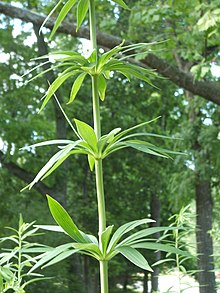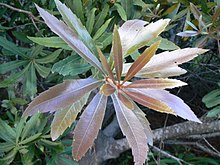aamcgill480
Well-Known Member
- Joined
- Mar 31, 2020
- Messages
- 71
- Reaction score
- 136

Ok… so I’m not just buggin’ owt… Thank you, I’ll keep a close eye…You have some kind of hybrid cannabis/hopskidding… I have no clue but it looks suspicious as heck
That is one weird looking flower. Doesn’t have pollen sacs that I can see from the pictures. ‘Purple Punch OG female pollen’ has me scratching my head though…@gmo @SubmarineGirl @boo it’s really hard for me to tell… this is my crack at breeding and this is my “F1” Donny Burger Female x Purple Punch OG female pollen

I was thinking the same at 1st but can not see the pollen pods clearly
I was thinking the same at 1st but can not see the pollen pods clearly


Thank you, this was very very very helpful and extremely informative!
Thank you for your expertise much appreciated!You could be right. It is really hard to tell from the pics. I could have sworn i seen some nanners though. Hope im wrong.
Enter your email address to join:
